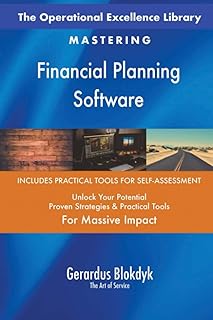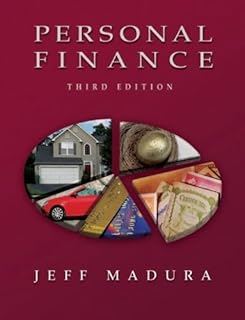Crafting suitability reports involves a delicate balance of compliance, personalization, and clarity. The task can be overwhelming, requiring paraplanners to navigate technical concepts while ensuring clients comprehend the information provided. In a conversation with industry experts, Jenny Hunter, a Senior Financial Journalist at IFA Magazine, delves into practical tips for creating effective Suitability Reports.
Incorporating templates into report writing is a common practice, but the key lies in personalizing these templates to suit each client’s unique needs. Experts like Caroline Stuart, Melony Holman, and Damian Davies stress the importance of customization, emphasizing that while templates offer efficiency, the final report must resonate with the individual client.
Simplifying complex financial jargon is another crucial aspect of crafting client-friendly reports. Paraplanners are encouraged to use plain language, avoid technical terms, and present information in a digestible format. Graphics, charts, and diagrams can aid in making technical information more accessible to clients.
Turning client objectives into SMART goals—Specific, Measurable, Achievable, Relevant, and Time-bound—can be challenging but is essential for effective report writing. Experts advise against translating objectives into financial terms and instead recommend capturing the client’s own words to create actionable goals during the fact-finding process.
Collaboration between advisers and paraplanners is vital in shaping client objectives. While advisers typically gather client goals, it is often the paraplanner’s role to transform these goals into SMART objectives for the report. Effective collaboration ensures that client objectives are accurately reflected in the report, enhancing client engagement and personalization.
The time taken to complete a report varies based on complexity and client circumstances. Efficiency tools such as templates, software, and AI are increasingly being utilized to streamline the report-writing process without compromising personalization. It is crucial to strike a balance between efficiency and personal touch when creating suitability reports.
In conclusion, creating suitability reports that are both compliant and client-friendly requires a strategic blend of efficiency, personalization, and clear communication. By translating technical information into understandable language, engaging clients throughout the process, and aligning recommendations with client goals, advisers and paraplanners can deliver reports that are not only informative but also meaningful to clients.
Stay tuned for the final article in this series, where we will explore how to enhance the visual appeal of Suitability Reports to ensure they are engaging and informative for clients.
📰 Related Articles
- Crafting Memorable Rehearsal Dinner Invitations: Expert Tips and Trends
- Winton Races: Expert Tips and Selections for Exciting Day
- Transform Movie Night with Interactive Table Reads: Expert Tips
- Transform Boxed Cake Mixes with Expert Tips for Homemade Perfection
- Top Camping Tents for 2025: Expert Picks and Tips



![Financial Planning Essentials for Software Professionals [Hardcover] [Jan 01, 2013] CNBC TV 18](https://m.media-amazon.com/images/I/41Inf4wzeRL._AC_UL320_.jpg)


